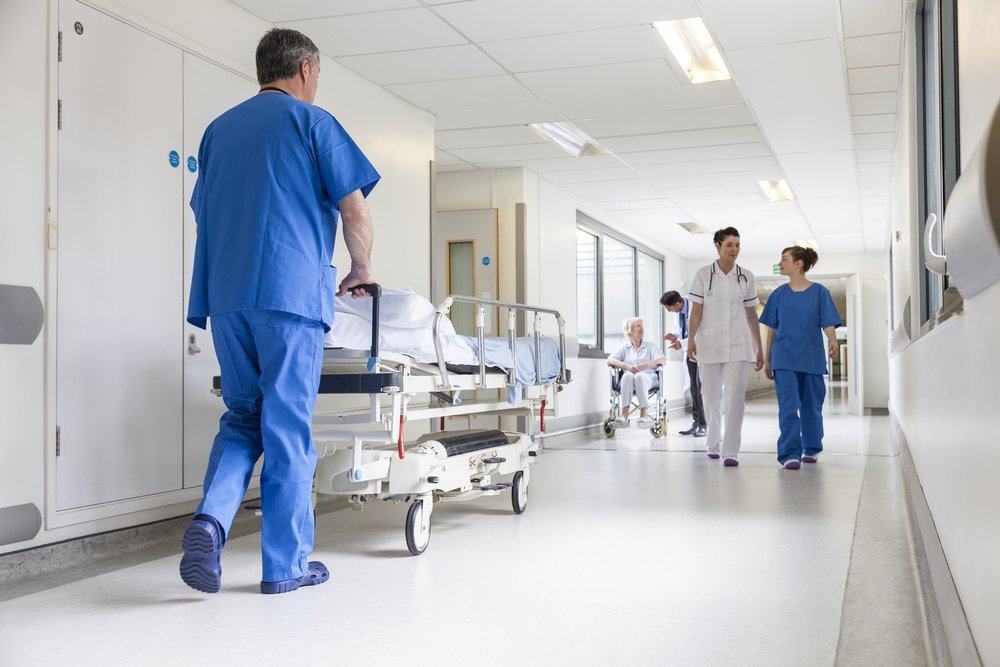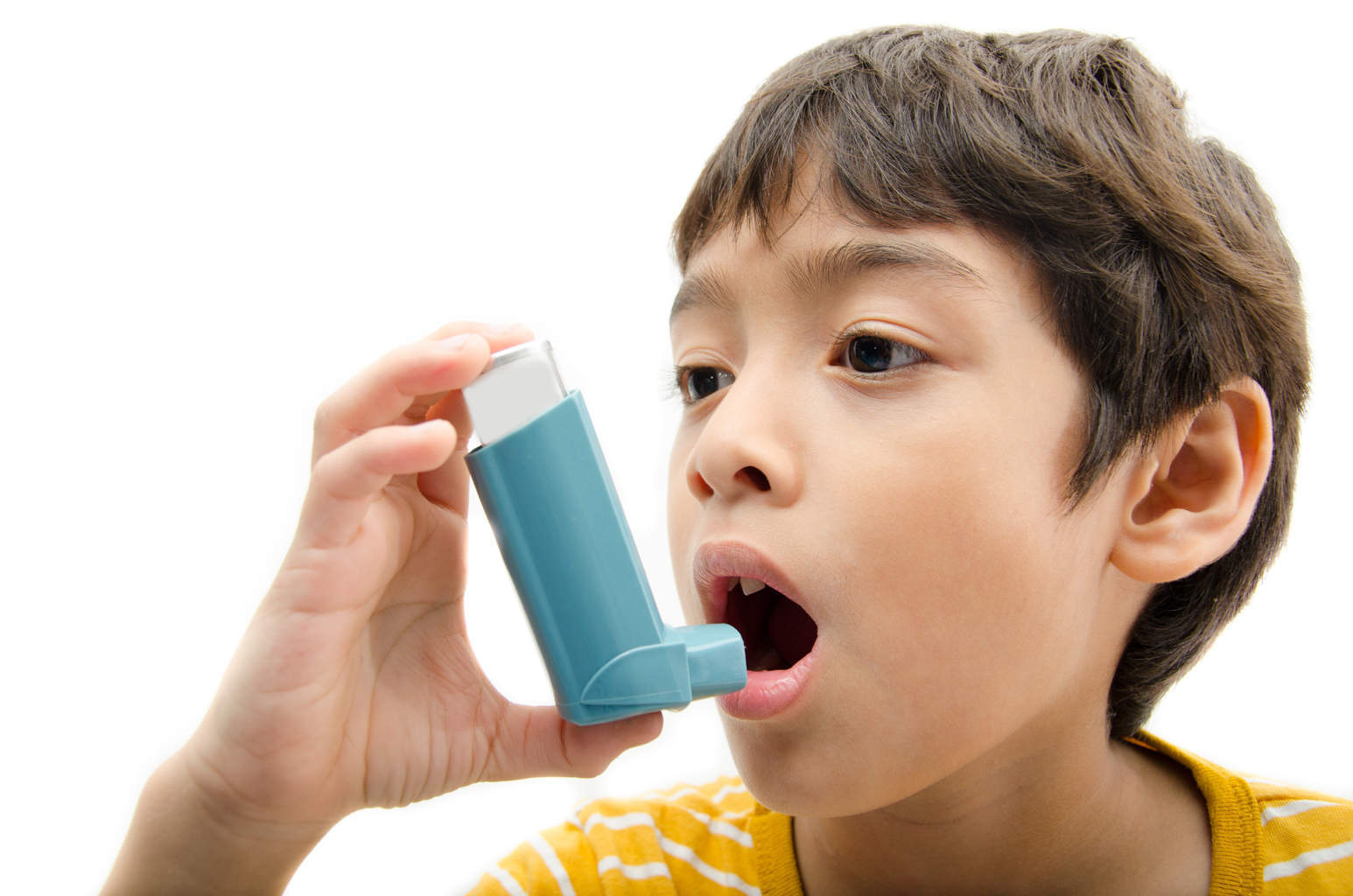Contents:
Medical Video: BODY WARNS ONE MONTH BEFORE A HEART ATTACK – WARNING SIGNS YOU MUST KNOW
Countless how many lives have been saved in the hospital. But most of us probably never thought that visiting a hospital, the main destination to get help, could make our problems worse. Even the cleanest, most tertiary and most sophisticated hospitals are often haunted by infectious diseases - lurking every occupant when they don't realize it.
In this article, you will learn about diseases that you might get from a hospital visit. One thing to remember: do not allow this information to prevent you from visiting an emergency if you experience an injury or a life-threatening condition. Finding immediate treatment is always your best decision in a critical situation. Knowing what threats are in the hospital might help you navigate your trip in the hospital more safely.
What infections can you get from hospitalization?
All people undergoing hospitalization are at a certain risk for contracting hospital acquired infection (HAI), or in medical terms known as nosocomial infection. HAI usually occurs two to three days after registering hospitalization at the hospital. One of the locations where HAI is most common is the emergency room (ER) or intensive care unit (ICU), a special ward where doctors treat serious illnesses. About 1 in 10 people hospitalized will get HAI. They are also associated with increased chances of illness, death, and hospital fees that deserve attention.
Nosocomial infections arise from infections or toxins in certain locations, such as hospitals. For nosocomial infections to occur, symptoms of infection associated with HAI should not be present before someone has been under medical care or he has been hospitalized for reasons other than the infection. In addition, HAI infections must occur from 48 hours after admission to the hospital, three days after return, or 30 days after the operation.
HAIS is also more common in developing countries. Studies show that five to 10 percent of hospitals in Europe and North America report cases of HAI. In other regions such as Latin America, Sub-Saharan Africa and Asia, case reports exceed 40 percent.
The symptoms and treatment of HAI will vary according to the type of infection. The most common types of HAI are:
1. Urinary tract infections
Urinary tract infections (UTIs) may not sound like a type of disease that you can get in a health emergency, but the incidence of UTI transmission in hospitals is quite frequent. In fact, UTI is one of the most commonly found HAI infections overall.
Urinary tract infections are infections that involve every part of the urinary system, including the urethra, bladder, ureter and kidney.
In UTI cases obtained at the hospital, about 75% are associated with the use of a urinary catheter, which is a tube inserted into the bladder through the urethra to drain urine. About 15-25% of patients admitted to the hospital receive a urinary catheter during their stay. The most important risk factor for developing a catheter-related UTI (CAUTI) is the use of long-term urinary catheters.
Fortunately, ER patients are almost impossible to receive catheter placement compared to hospitalized patients. And in fact, hospitals have sought to reduce the number of urinary catheters installed in the ER to reduce the incidence of UTIs.
2. Blood flow infection
CVC line (central line / central venous catheter) is very useful in the health care environment. If you have been in the ER before for a serious condition, or have been hospitalized, you may have been paired with this device. These tubes are inserted into a large vein - in the neck, arms, or chest - and this tool has a large variety of roles to support your development. Venous access devices can function as entry points for fluids, drugs, or blood supply into the body. The CVC line can also allow the doctor to immediately take certain tests.
Despite its practicality and importance, CVC line also creates potential side effects: bloodstream infections. Blood flow infections associated with central line placement (CLABSI) can occur if germs have access to the patient's bloodstream from the central line tube. CLABSI can cause fever accompanied by cold heat; acceleration of heart rate; redness, swelling or pain at the catheter insertion site; or discharge of cloudy fluid from the catheter site.
Health professionals who handle your case can reduce your risk of this infection by applying pre and post hygiene sterilization procedures to inserting a central line catheter, also ensuring that the catheter tube is immediately applied when no longer needed. You can also take your own precautions by avoiding the site of inserting a catheter into wet or dirty, and by not allowing anyone other than a professional health professional to touch the catheter or the location where the instrument was inserted.
3. Pneumonia
Pneumonia is one of the most common infections transmitted in hospitals. However, many of these cases arise as a result of using a ventilator. A ventilator is a machine used to help patients breathe by giving oxygen through a tube placed in the patient's mouth or nose, or through a hole in the front of the neck. Infection can occur if the germ enters through the tube and enters the patient's lungs. To help reduce the likelihood of pneumonia due to the use of a ventilator, healthcare providers must maintain the patient's bed at a 30-45 degree angle, release the ventilator as soon as the patient can breathe on his own, clean the patient's mouth regularly, and wash and clean their hands before and after handle patient ventilators.
Fortunately, most emergency patients do not need oxygen. However, they are still at risk for respiratory infections - especially from smoking and cold air. Pneumonia was ranked first as the reason for people being hospitalized after getting emergency care at the hospital. And viruses such as flu and colds, as well as tuberculosis and hepatitis, which are very contagious, are also busy wandering around the emergency room. This infection is easy to transmit just by sitting in a crowded waiting room. Doctors, nurses, and hospital staff are also at risk of contracting respiratory diseases because they make direct contact with so many infected patients.
To protect yourself from infectious viruses, take advantage of available hospital prevention equipment, such as wearing a mask while you are there. You also have to diligently wash your hands - especially after you touch the surface like a doorknob.
4. Operating site infection (SSI)
An surgical wound infection is an infection that occurs after surgery in the part of the body where the surgery takes place. Surgical wound infections can sometimes be mild involving the surface of the skin. surgical site infections can become more serious when involving tissue under inflamed skin, organs, or implant material.
In the United States, more than 8,000 people die each year from surgical wound infections due to HAI. Fortunately, the risk of this deadly disease usually does not affect the ER patients unless they require emergency procedures such as a tracheotomy or insertion of a chest tube - or maybe transfer to the operating room. But because this action is sometimes needed, SSI risk is something you should be aware of if you or one of your relationships is in the ER.
If you have an infection at the surgery site, the initial symptoms can include fever, redness and pain at the site of surgery, and discharge of cloudy fluid from the wound where the surgical incision is made. If you see these signs after your surgery, you should tell your doctor immediately so that he can prescribe antibiotics.
What causes infection to be more easily transmitted in the hospital?
All hospitals have control and policy procedures around the spread of infection, and staff health professionals are required to take every precaution to avoid infection. However, the risk of infection is never completely avoided and some people have a higher risk of contracting the infection than others.
Infection is a disease caused by micro-organisms such as viruses, fungi, bacteria or parasites. These micro-organisms are often called 'bugs' or 'germs'. Most nosocomial infections are caused by bacteria. Bacteria, fungi and viruses spread mainly through person-to-person contact. HAI cases also occur when there is involvement of dirty hands, and medical equipment such as catheters, breathing machines, and other hospital equipment. Infection can be treated with antibiotics and usually responds well. Sometimes, infections can be difficult to treat and life threatening. Some bacteria are difficult to treat because they are resistant to standard antibiotics; their resistance to antibiotics is different from the general bacteria outside the hospital.
Methicillin-resistant Staphylococcus aureus (MRSA), Clostridium difficile (C. difficile or "C. diff"), and Pseudomonas aeruginosa (P. aeruginosa) are examples of bacteria that cause most cases of HAI that are resistant to many antibiotics. Staph and MRSA can cause various problems ranging from skin infections, sepsis, pneumonia, to infections in the bloodstream. If MRSA attacks the skin, C. diff chases the digestive system so that it sometimes causes inflammation of the deadly large intestine. Of all cases of HAI, Pseudomonas aeruginosa (P. aeruginosa) as a cause of UTI, pneumonia, and kidney disease has a high morbidity rate and is responsible for 11 percent of HAI case reports.
All people undergoing intensive hospitalization at the hospital are at certain risk of transmission of HAI. If you are very sick or have undergone surgery, your risk will be higher. Some groups are more vulnerable than others, for example small children, the elderly, chronic disease patients (eg, diabetes), or those who have a weak immune system.
You should immediately notify your doctor if new symptoms appear and / or that are not related to your initial condition while you are hospitalized.
READ ALSO:
- Guide to Providing Safe Drug Dosage for Children
- Are You Easy To Bruise? Beware, It Could Be A Symptom Of Certain Diseases
- 7 Causes of Lower Stomach Pain












